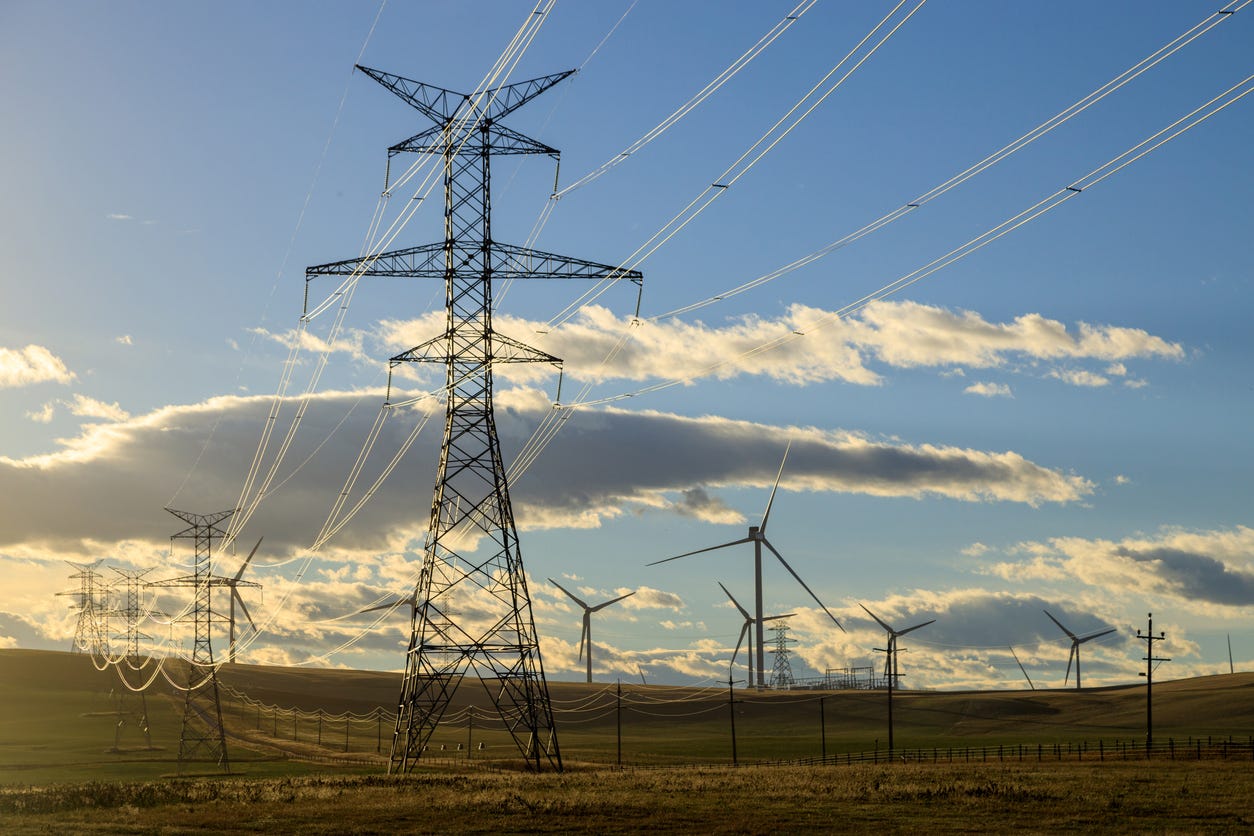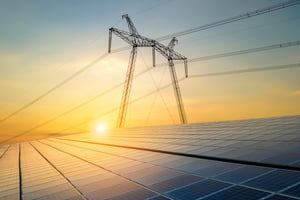The Power of AI in Managing Grid Contingencies

The electrical grid is the backbone of modern society, enabling us to enjoy the comforts of daily life. However, this complex network faces increasing challenges that can lead to power outages, economic losses, and consumer disruptions. These grid contingencies range from equipment failures and natural disasters to cyberattacks and human errors. With the rapid advancements in artificial intelligence technology, a powerful tool is available to enhance the grid’s resilience and efficiently manage these contingencies. This article will explore how AI can predict, monitor, optimize, and respond to grid contingencies, using real-life statistics and data from reliable sources to illustrate its impact.
Predictive Maintenance: Reducing Equipment Failures
According to the U.S. Energy Information Administration (EIA), the annual cost of power outages in the United States can exceed $150 billion. Many of these costs are due to equipment failures and unplanned maintenance.
One of the most effective ways AI can contribute to grid resilience is through predictive maintenance. Traditional grid maintenance is often reactive, with equipment repairs carried out only after a failure occurs. That can lead to costly downtime and inconvenience for consumers. However, AI can change this paradigm by proactively predicting when equipment will fail and scheduling maintenance.
AI algorithms can analyze vast amounts of sensor data, historical maintenance records, and environmental factors to predict equipment failures. For example, a study by General Electric found that their AI-based predictive maintenance system reduced unplanned downtime by up to 10% and increased equipment reliability by 5%.
Real-time Monitoring and Anomaly Detection: Early Warning Systems
In 2020, the U.S. Department of Energy (DOE) reported that the average duration of power outages in the United States was 5.8 hours, with an average of 112 minutes of interruption per customer affected. Real-time monitoring and early detection systems can significantly reduce these durations.
AI’s ability to process and analyze data in real time makes it an invaluable tool for monitoring the grid and detecting anomalies or irregularities that may indicate a problem. These anomalies range from voltage fluctuations to unusual power consumption patterns and even cybersecurity threats.
By promptly identifying and responding to such issues, AI can help prevent or mitigate the consequences of grid contingencies.
Grid Optimization: Maintaining Stability
The National Oceanic and Atmospheric Administration (NOAA) reported that the United States experienced 22 separate weather and climate disasters in 2020, each causing damages exceeding $1 billion. Grid optimization can help mitigate the impact of these disasters.
The modern grid is becoming increasingly complex, with a growing share of renewable energy sources and fluctuating demand patterns. This complexity poses challenges for grid operators in maintaining grid stability. AI can be crucial in optimizing grid operations, especially during high-stress situations like extreme weather events or unexpected equipment failures.
AI algorithms can dynamically reroute power, balance load distribution, and optimize the use of renewable energy sources to maintain grid stability. For example, a study by the Electric Power Research Institute (EPRI) found that AI-driven grid optimization reduced energy losses by up to 5% and increased the integration of renewable energy sources by 10%.
Enhanced Cybersecurity: Protecting Against Cyberattacks
In 2020, the Federal Bureau of Investigation (FBI) reported a 400% increase in cyberattack complaints, with financial losses exceeding $4.1 billion. Many of these attacks targeted critical infrastructure, including the electrical grid.
The Cybersecurity and Infrastructure Security Agency (CISA) also reported that incidents involving ransomware attacks on critical infrastructure increased by 225% in 2020.
Cyberattack threats loom as our grid becomes more interconnected and reliant on digital technology. AI-powered cybersecurity systems are essential for protecting the grid from increasingly sophisticated cyber threats. AI can detect unusual network traffic patterns and behavior, identifying potential cyberattacks in real time.
AI can autonomously respond to cyber threats by isolating affected systems, preventing the spread of attacks, and safeguarding critical infrastructure.
For instance, an IBM X-Force Threat Intelligence report found that AI-based security systems reduced the average time to detect and respond to cyberattacks from 100 days to just four days in 2020. In 2023, another report by IBM found that organizations using both AI and automation significantly impacted breach identification and containment speed. They experienced a 108-day shorter data breach lifecycle compared to those organizations that didn’t employ these technologies. That resulted in a timeframe of 214 days versus 322 days, showcasing the efficiency gains.
Improved Disaster Response: Mitigating Natural Disasters
Natural disasters often disrupt grid operations, leading to widespread power outages.
AI can assist by analyzing real-time weather data and predicting the potential impact of disasters on the grid. This information allows grid operators to proactively shut down vulnerable equipment, reducing damage and expediting restoration once the disaster has passed.
AI-driven disaster response systems can significantly reduce downtime and minimize consumer impact. For instance, Pacific Gas and Electric (PG&E) used AI algorithms to predict and respond to wildfire risks in California, reducing the number of customers affected by preemptive power shut-offs by 30%.
Data Analytics for Decision Making: Informed Choices
The U.S. The Energy Information Administration (EIA) reported that implementing data analytics in the energy sector can reduce energy consumption by up to 12% and lower greenhouse gas emissions by 23%.
AI’s ability to process and analyze vast amounts of data quickly provides grid operators with valuable insights for decision-making. That includes predicting load demands, optimizing energy generation, and assessing the effectiveness of contingency response strategies. Data-driven decision-making improves overall grid efficiency and resilience.
Autonomous Grid Restoration: Rapid Recovery
During Hurricane Sandy in 2012, the widespread power outages led to an estimated $70 billion in economic losses. Rapid grid restoration is crucial to mitigating such economic impacts.
In the aftermath of a grid contingency, AI-driven systems can help automate grid restoration processes. These systems can assess damage, prioritize repairs, and remotely operate equipment for faster recovery. That reduces downtime and minimizes the impact on consumers.
Conclusion
The electrical grid stands as the lifeblood of modern society, and safeguarding its resilience takes center stage. Artificial intelligence is driving a transformation in the grid by bolstering predictive maintenance, real-time monitoring, grid optimization, cybersecurity, disaster response, data analytics, and autonomous restoration. These AI-driven advancements are not mere theories; they are backed by real-life statistics and data demonstrating their effectiveness.
In an era marked by an increasing array of grid contingencies, from equipment breakdowns to natural disasters and cyber threats, leveraging the power of AI is a proactive step toward securing a reliable and resilient energy infrastructure. Integrating AI into grid management represents a technological leap and a fundamental shift in preserving the electrical grid's reliability, ultimately benefiting society. By embracing AI, we equip ourselves to confront today's challenges and lay the foundation for a more resilient and sustainable energy future.
Curious to see how AI is making an impact on grid management? Visit our Use Cases page for a deeper dive.


